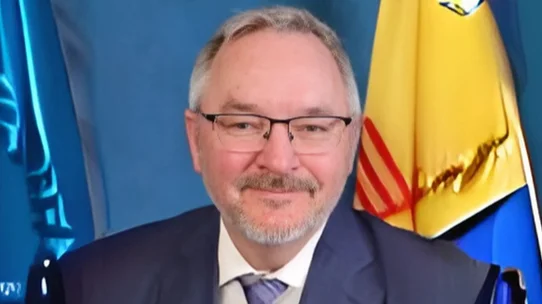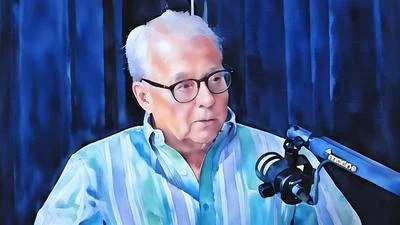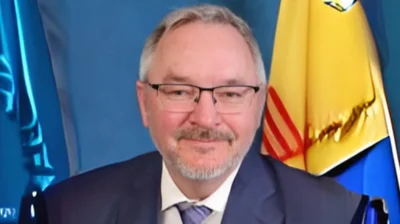Rob Black, Cabinet Secretary-Designate | New Mexico Economic Development Department
New Mexico is gaining attention with two local initiatives, Quantum Moonshot and Energized Watershed, being named among 29 semifinalists in the U.S. National Science Foundation’s $160 million Regional Innovation Engines competition.
The projects were chosen from nearly 300 proposals across the country, showcasing New Mexico's growing prominence in science, technology, and economic development.
“We’re building a future where New Mexico families benefit from cutting-edge science and sustainable innovation,” stated Rob Black, Cabinet Secretary of the New Mexico Economic Development Department. “Our state’s strength lies in advancing diverse technologies that will fuel economic growth and long-term prosperity.”
Quantum Moonshot is led by Elevate Quantum alongside the New Mexico Economic Development Department, Sandia National Laboratories, Los Alamos National Laboratory, and the University of New Mexico. The initiative aims to position the state as a leader in quantum research and workforce development.
“This effort and our advancement to the semifinals drives home that New Mexico, Colorado, and the Mountain West is a global destination for research, commercialization, and impact for quantum,” said Zachary Yerushalmi, CEO of Elevate Quantum. “This advancement builds on decades of work of New Mexicans, Coloradans and citizens across the region to build a safe and thriving American economy.”
The Energized Watershed project is led by the University of New Mexico with over 50 organizations across New Mexico, the Navajo Nation, and Far-West Texas. It focuses on addressing water shortage challenges through innovative technologies for water management and energy security.
“Reliable water resources underpin our region’s ability to attract and grow manufacturing and AI-based industries while improving community health,” said Ellen Fisher, UNM’s vice president for research. “Pulling together global talent at New Mexico’s universities, national labs, communities, and private sector will rapidly innovate, advance, and deploy solutions starting on day one.”
If selected as winners in early 2026 after a live virtual review process for semifinalists next year, these initiatives could receive up to $15 million over two years or potentially $160 million over ten years to address regional challenges through innovation.









